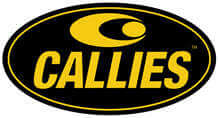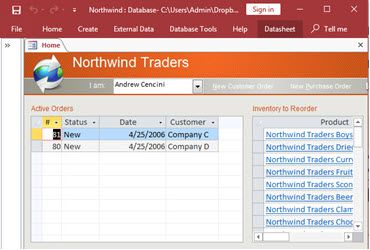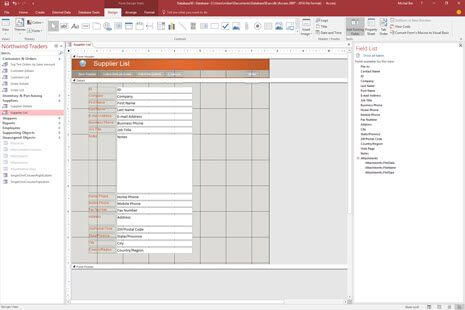
MS Access As A Dev Tool
Access continues to be a highly efficient tool for business database development.
The Best Microsoft Access Database Solutions owner, consultant, and principal programmer is Alison Balter - a recognized expert Microsoft Access consultant. Alison is the author of 15 Microsoft Access training books and videos. She is a frequent guest speaker at MS Access conferences and has developed hundreds of applications for businesses of all types.
We know your business data is important; we listen to your concerns, ask questions, and gather information from all stake holders. We discuss your needs and requirements for your database. We find out what you want, why you need various features so we can obtain as much information as possible. Once we have the information we need, we work with you to design the proper database architecture, plus the dashboards, the questions (queries), forms, and reports you need for an excellent database system.

We also create websites designed for speed to display your data accurately, using ASP.NET technology. Fast, secure, and robust, our ASP.NET web sites and web applications give you true business tool for finding and displaying information dynamically on the web.








Access continues to be a highly efficient tool for business database development.

How to create a Microsoft Access application with some unique tips and tricks.

Your Access developer near me has some great info for you about using Access efficiently.
Microsoft Access is included in the Microsoft Office Suite. Access allows you to create tables, program complex queries and create forms with no programming skills. Access can be used as the "front end" database to create software applications. Access software applications for businesses are programmed with VBA (Visual Basic for Applications), as well as other Microsoft programs like Excel, Word and SQL Server.
This is a brief overview of the history and development of Microsoft Access. Microsoft released Access version 1.0 in late 1992. Access was released as a desktop database program for the Windows operating system. Version 1.1 was released mid 1993 and offers better compatibility with Microsoft Office products. Access BASIC was added to version 1.1, which allows programmers to create programming code using Access BASIC. Access version 1.1 had many programming bugs and performance problems. Microsoft later released Windows 3.1 and Microsoft Office Pro 4.3 operating systems in 1993. The Windows 3.1 operating systems could handle higher-powered hardware, which was a benefit to users.
Microsoft Access was a great database application for small to medium-sized businesses. Microsoft Access was much cheaper than its competitors and was a huge sales success. The maximum hard drive capacity in the early 1990s was 100 MB (megabytes). Document file sizes were in the hundreds of thousands of bytes range. Microsoft Access was used to create a database which could grow in size beyond 10 MB. limit. However, the large file size of Microsoft Access files created potential problems with performance. The hardware had 10 MB random access memory (RAM) at the time.
Microsoft Access 2000 has increased the database maximum size from 1 GB in Access 97 to 2 GB in Microsoft Access 2000.
Microsoft Access 2007 introduced a new database format, ACCDB. It can link to SharePoint lists as well as complex data types like multivalue and attachment fields. These new field types allow multiple files or values to be stored in one field and are basically recordsets in fields. Microsoft Access 2007 also included File Attachment field. This field stores data more efficiently that OLE (Object Linking and Embedding).
Microsoft Access 2010 introduced a new version ACCDB format that supported hosting Access Web Services on a SharePoint 2010 server. This was the first time Access applications could be run on a SharePoint 2010 server without installing Access on the user's PC. It also supported Mac users. Access Web service was available to any SharePoint user with enough rights. Access 2010 still required a copy to be created. Access Web services are not the same as desktop applications. Access only allowed automation through macro languages, which Access converted to JavaScript automatically. Access databases were no longer used to store the data, but SharePoint lists.
Microsoft Access 2013 includes traditional Access desktop apps and a new SharePoint 2013 web service. Access 2010's Access Web model was replaced with a new architecture that stores data in SQL Server databases. This database design is true relational, unlike SharePoint lists. It offers referential integrity, scalability and extensibility, as well as the performance you would expect from SQL Server. SharePoint 2013 allows you to create database solutions with multiple levels of relationships. You can view and edit them all, as well as resizing and touch support. Access 2013 is very similar to Access 2010. However, Access Data Projects (ADPs), pivot charts, pivot tables, Access data collections and source code control were all removed. Access desktop database maximum size was 2 GB, as it has been since 2000.
When you need an expert Access programmer for your Lynwood, California, business contact us at (323)285-0939.
Another Los Angeles County city we serve: Malibu, CA.